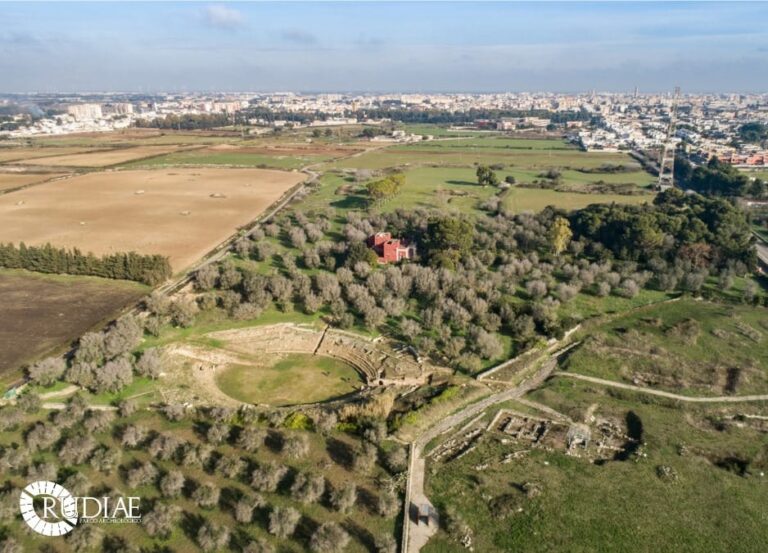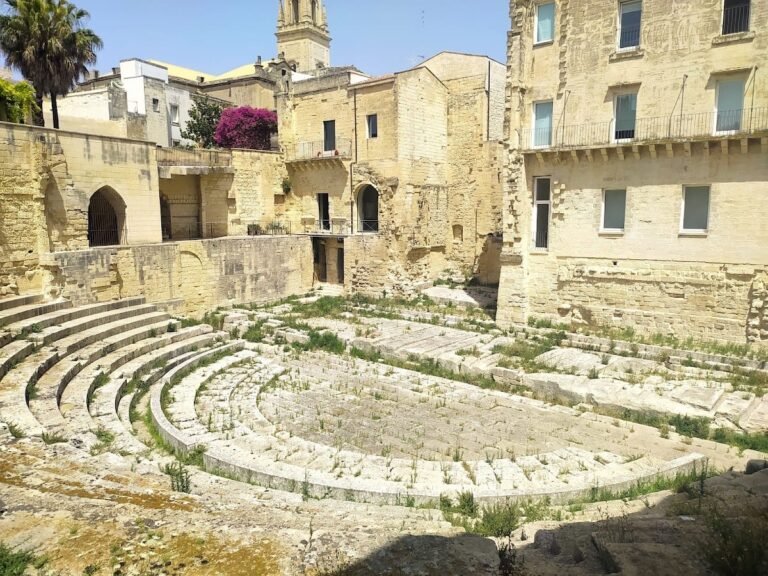Castello di Gallipoli: A Historic Fortress in Italy
Visitor Information
Google Rating: 4.4
Popularity: Medium
Google Maps: View on Google Maps
Official Website: www.castellodigallipoli.it
Country: Italy
Civilization: Unclassified
Remains: Military
History
The Castello di Gallipoli stands on the eastern tip of the island that hosts the historic center of Gallipoli, a coastal town in Italy. Its origins trace back to an ancient Roman fortress built after 265 BCE, created to house legionaries and defend the city from external threats.
This early fortress suffered destruction or heavy damage during the 5th century when invading groups such as the Vandals and Goths attacked the area. Later, during Byzantine rule, the castle was rebuilt, as attested by a letter dated 599 CE from Pope Gregory the Great to the Byzantine tribune Occiliano, warning him against misusing the castle, which was property of the Church of Rome. At this time, the fortress consisted primarily of a polygonal tower connected to the city by a pontoon bridge reinforced with defensive features such as firing slits and a drawbridge.
In the mid-11th century, the castle successfully resisted a siege by Robert Guiscard (1055-1056) but was later captured by the Normans in 1071. Under Norman control, it continued to serve a military purpose, as shown by an inscription from 1132 found on the main entrance gate, though the fortress gradually fell into decline during this period.
The late 12th century saw Emperor Frederick II initiate a notable reconstruction of the fortress, renewing its defensive capabilities. Further enhancements occurred in 1320 under the Angevin dynasty, reflected in subsequent inscriptions on the castle gate. Between the 15th and 16th centuries, the castle underwent significant fortifications during the combined Angevin and Aragonese rule. A moat was constructed around the fortress, and in 1522 a ravelin—a triangular fortification placed before the main walls—was built on the eastern side under the guidance of architect Francesco di Giorgio Martini. This addition, commissioned by Alfonso II of Naples, aimed to strengthen the castle’s defenses, especially at the city’s entrance, and prevent enemy forces from establishing camps on nearby land.
In the 17th century, the ravelin was separated from the main castle to allow the addition of a square tower above the then-flag tower, partially obscuring the original structure. Around the same time, a second bridge connected the fortified area directly to the opposite shore near the Church of Saint Christine, serving a secondary entry point. Today, remnants of this bridge remain in both stone and wood near the ravelin.
Throughout its history, the Castello di Gallipoli provided refuge for several prominent historical figures, including Conradin in 1268; Philip I of Taranto and Robert of Anjou in the early 14th century; Queen Joanna II of Naples in 1414; Ferdinand I of Naples in 1463; and Isabella of Aragon in 1495. Some historians also suggest that the renowned painter Jusepe de Ribera, known as “Spagnoletto,” may have been born within its walls.
In the 16th century, the original wooden drawbridge was replaced by a permanent masonry bridge linking the castle to the town. The fortress overall retained its shape and defensive layout until the late 19th century when the moat was filled between 1870 and 1879. At the same time, the construction of a fish market partially concealed the castle’s façade. During the 20th century, efforts to reopen and preserve the castle began, including projects that allowed public access starting in 1977 and a comprehensive reopening in 2014. Since 2016, the fortress has been under municipal ownership, integrating it into local cultural activities.
In 2013, archaeologist Paul Arthur criticized the neglected state of Castello di Gallipoli, describing the city as a “black hole” on the archaeological and monumental map of the Salento region, highlighting the need for greater attention to its historic heritage.
Remains
The Castello di Gallipoli occupies a rectangular plan featuring three round towers and one polygonal tower at its corners. The polygonal tower is particularly significant as it represents the original Byzantine-era fortification that once stood alone, connected to the city by a pontoon bridge. This early connection included defensive structures such as firing slits and a drawbridge, emphasizing its role in controlling access.
A prominent feature of the fortress is the ravelin on its eastern side, constructed in 1522 to improve the castle’s defenses. This outwork, designed by architect Francesco di Giorgio Martini, originally extended directly from the castle’s walls. In the 17th century, it was separated to accommodate a square tower placed above the present-day flag tower, which partially obscures it. The ravelin was essential to protect the city entrance and to deter enemy forces from establishing siege positions nearby.
Adjacent to the ravelin, a second bridge spanned the water to connect the fortress to the opposite shore close to the Church of Saint Christine. Although the bridge no longer exists in full, portions remain; fragments in stone can be seen near a defensive turret of the ravelin, while wooden elements survive at the ravelin’s entry point, providing tangible evidence of this strategic link.
Inside the castle, large halls feature barrel vaults—rounded ceiling structures—and ribbed vaults, an architectural technique that uses intersecting ribs to support the ceiling. The interior also contains a network of tunnels and galleries, which likely served defensive and logistical functions, allowing movement and communication within the fortress.
An original defensive element still preserved is the polygonal tower’s collection of catapults and cannons, reflecting the castle’s military importance in repelling assaults and protecting the city. These weapons are significant physical testimonies to the fortress’s active role in Gallipoli’s defense.
The protective moat that once surrounded the castle has been filled in between 1870 and 1879. This major change altered the castle’s immediate environment, while the construction of a fish market alongside the water’s edge obscured much of the fortress’s façade, impacting its visibility from the city.
Inscriptions marking the castle’s historical phases are visible on the entrance gate. One, dating to 1132, comes from the Norman period, while another from 1320 dates to the Angevin dynasty, underscoring the importance of these rulers in the castle’s continued development.
Together, these features provide a layered glimpse into the Castello di Gallipoli’s evolving role as a military stronghold, accommodation for rulers, and symbol of shifting powers along the Apulian coastline.










